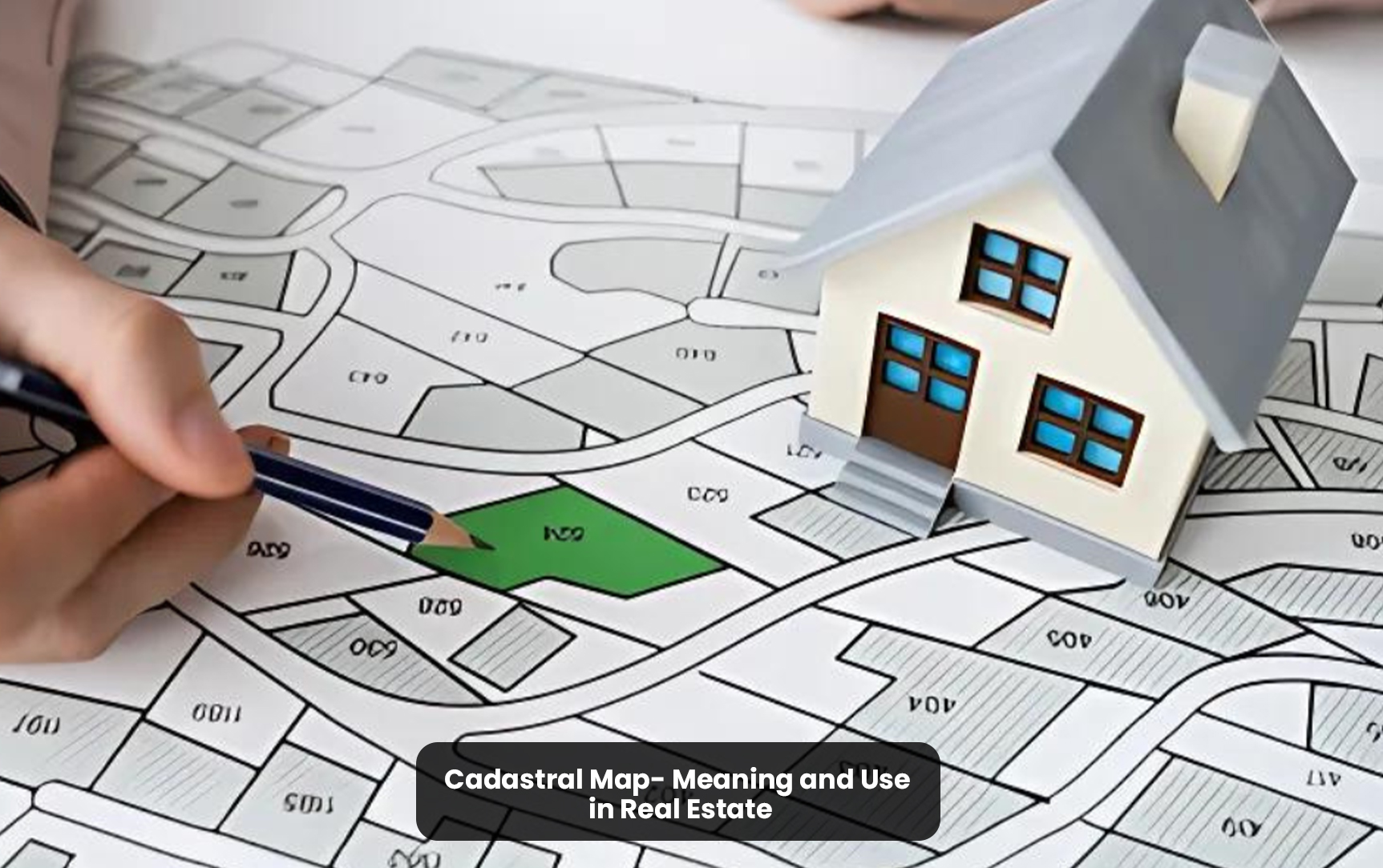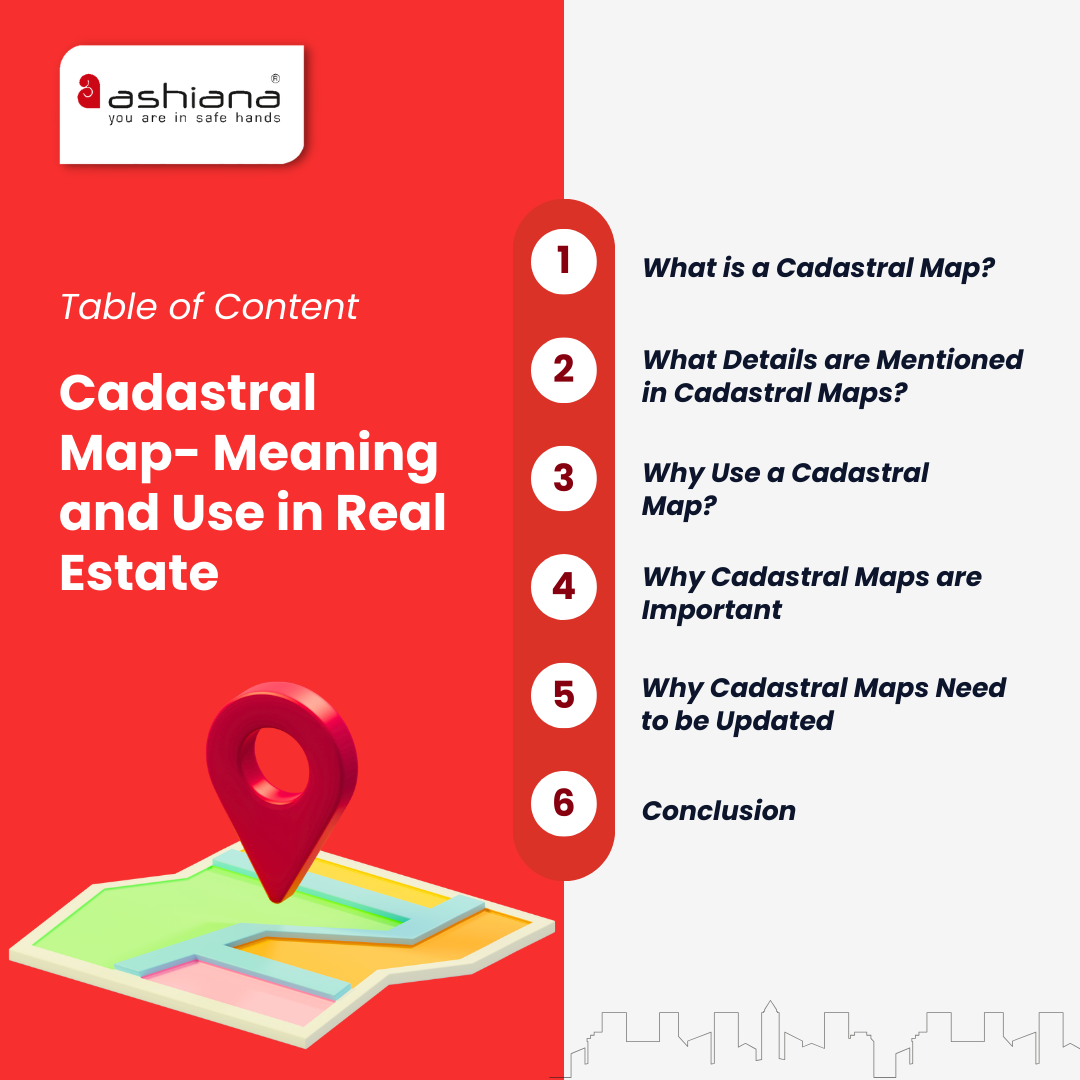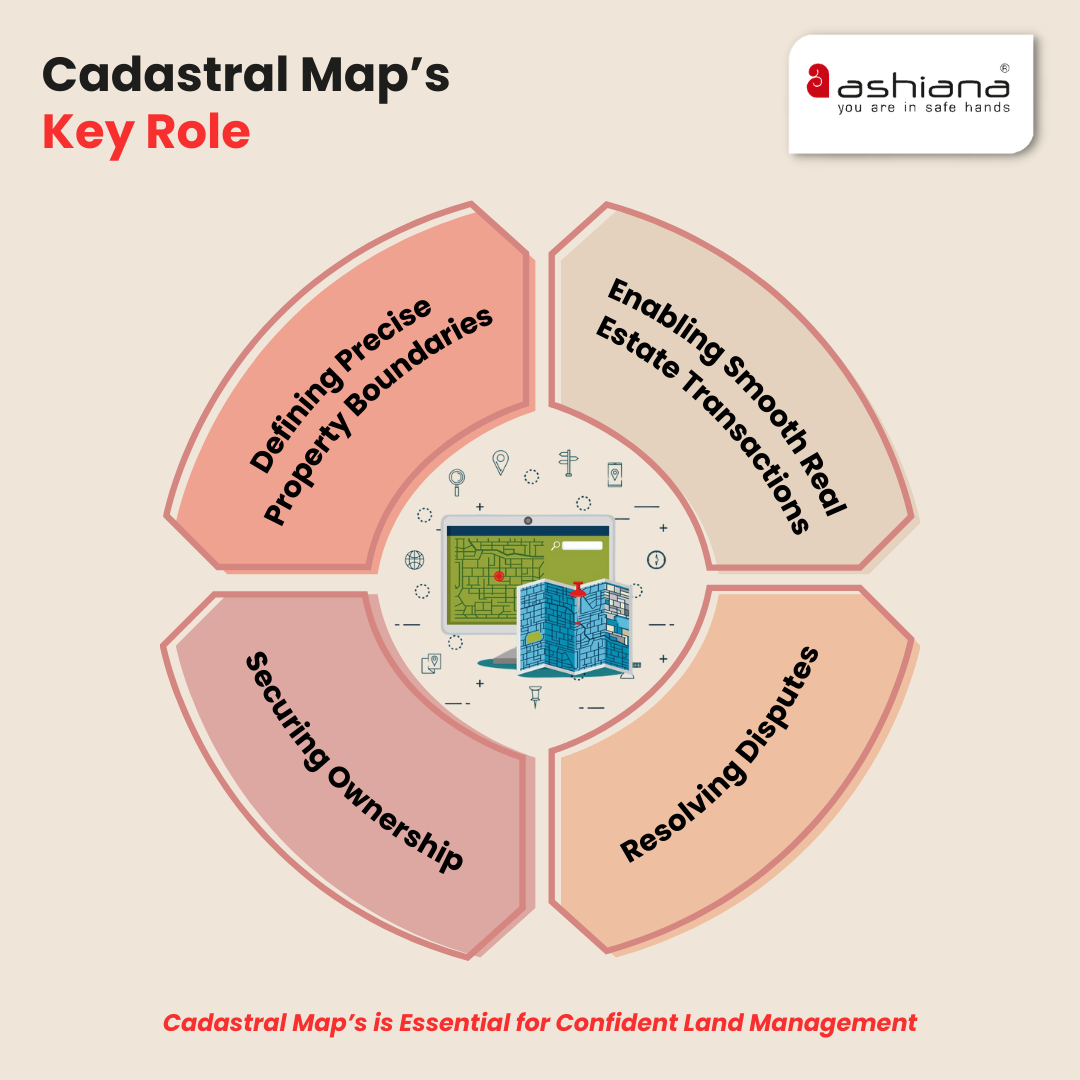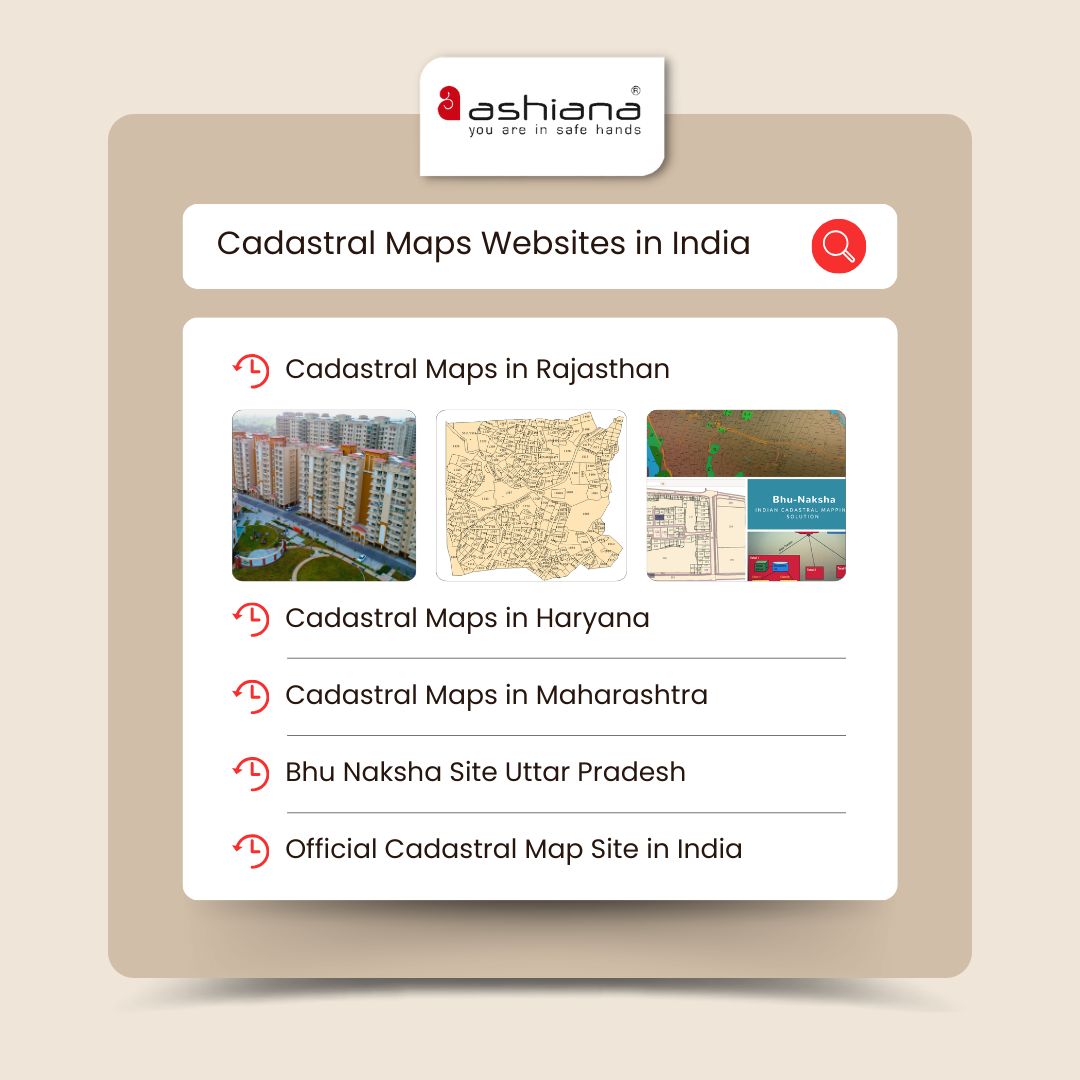



A cadastral map comprehensively represents land parcels within a designated area. It’s often referred to as a Bhu Naksha or area map. These maps provide meticulous information about land divisions, boundary sizes, and the lengths of various segments.
Cadastral refers to detailed records of land boundaries, ownership, and size, used for legal, taxation, and administrative purposes.
The cadastre provides accurate records of land ownership, boundaries, and property details for legal, taxation, and land management purposes. It helps resolve property disputes, plan infrastructure, and ensure proper land taxation.
Go to the bhu naksha website (bhunaksha.raj.nic.in). From the dropdown, select the district, tehsil, village, etc. Click on plot info and plot number on the map. Click on Nakal to view the land map.
Ashiana, Ashiana Housing build homes. Homes surrounded by vast green spaces and fresh breeze. Homes cocooned in secured gated complexes. Homes where futures are forged and there are opportunities to grow. And Homes in environments brimming with healthy activity, trust and respect. At heart, we build communities with care.
Other posts by Ashiana
Join 1000+ of fellow readers. Get expert real estate knowledge straight to your inbox absolutely free. Just enter your email address below.